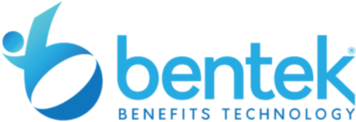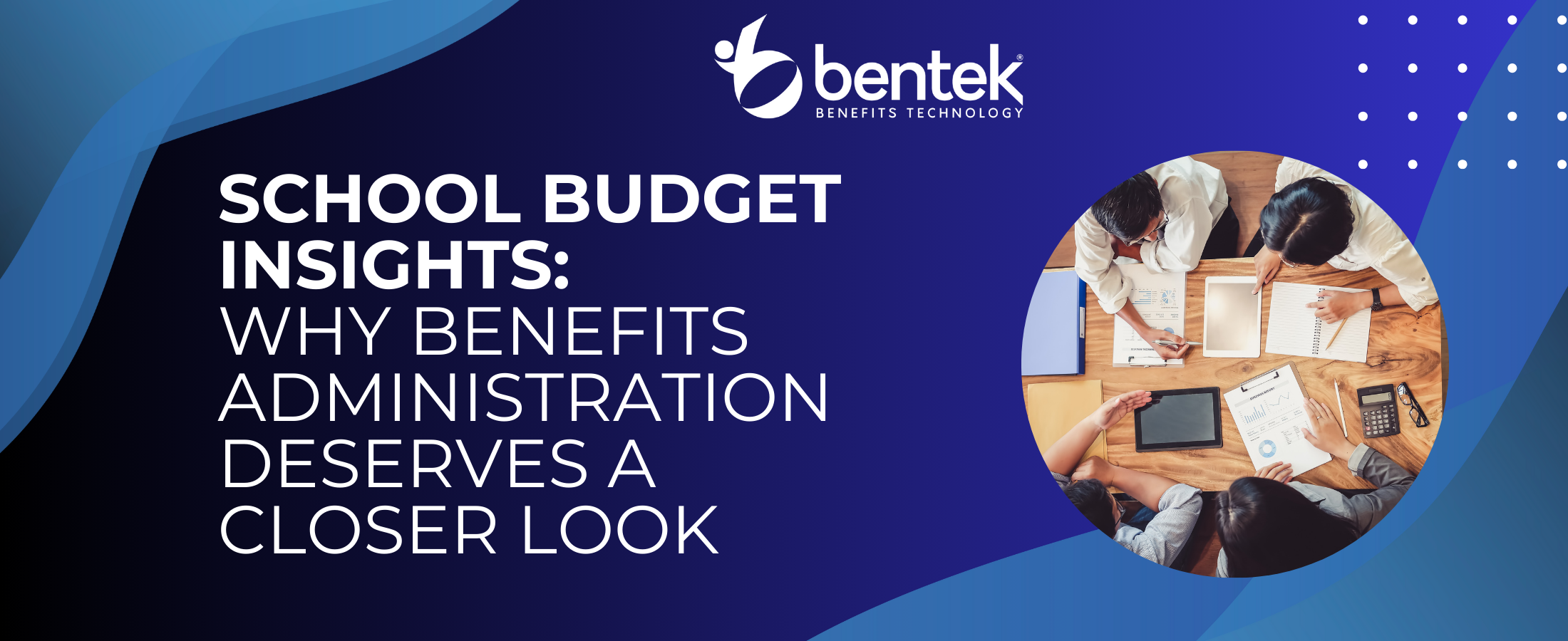In an era of digital transformation, government agencies face mounting pressure to deliver more efficient, accessible, and personalized services to citizens. Nowhere is this challenge more apparent than in benefits administration, where complex eligibility requirements, voluminous paperwork, and limited resources often create bottlenecks in service delivery. Integrating artificial intelligence (AI) could be the right solution for accelerating the advancement of your benefits administration department. AI has emerged as a powerful solution that promises to revolutionize how public sector organizations manage and distribute benefits.
The Current State of Public Sector Benefits Administration
Benefits administration in government agencies typically encompasses a wide range of programs, from healthcare and retirement benefits for public employees to social services for citizens. These systems often face significant challenges:
According to the Government Accountability Office (GAO), federal agencies alone spent approximately $175 billion on improper payments in fiscal year 2023, with a significant portion attributed to benefits programs. These errors stem from manual processing, complex eligibility rules, and outdated systems.
A McKinsey & Company analysis found that 40% of government administrative activities could be automated using current technologies, potentially freeing up to 1.1 billion hours of public workers’ time annually.
The National Association of State Chief Information Officers (NASCIO) reports that 89% of state CIOs identified legacy modernization as a top priority, with benefits systems frequently cited as critical areas needing technological upgrades.
How AI Is Transforming Benefits Administration
AI technologies are providing solutions to longstanding challenges in public sector benefits administration:
1. Intelligent Document Processing
Manual document review remains one of the most time-consuming aspects of benefits administration. AI-powered document processing can:
- Extract relevant information from scanned documents
- Validate data against existing records
- Flag discrepancies or potential fraud indicators
- Route applications to appropriate departments
The U.S. Department of Labor implemented an AI document processing system that reduced unemployment benefits processing time by 33% while increasing accuracy by 27%.
2. Chatbots and Virtual Assistants
AI-powered conversational interfaces are transforming how citizens interact with benefits systems:
- 24/7 assistance for common questions
- Personalized guidance through application processes
- Multilingual support
- Status updates on pending applications
Research from Gartner suggests that by 2025, AI assistants will handle 75% of customer service interactions in government agencies, resulting in faster response times and significant cost savings.
The Social Security Administration implemented an AI assistant that now handles over 200,000 inquiries monthly, with a 94% resolution rate for first-time inquiries.
3. Predictive Analytics for Program Management
AI enables agencies to move from reactive to proactive benefits management:
- Forecasting program participation and budgetary needs
- Identifying patterns that may indicate fraud
- Predicting which recipients may need additional support
- Optimizing resource allocation
According to Deloitte’s Government Trends report, predictive analytics in benefits programs has helped some agencies reduce improper payments by up to 25% and improve program outcomes by 15%.
4. Process Automation through RPA
Robotic Process Automation (RPA), often enhanced with AI capabilities, can transform workflow efficiency:
- Automating eligibility verification
- Processing routine transactions
- Handling data transfer between systems
- Generating standardized correspondence
The Office of Personnel Management (OPM) implemented RPA for federal employee benefits processing, reducing processing time from 61 days to 15 days, an improvement of over 75%.
Implementation Challenges and Solutions
Despite its promise, AI implementation in public sector benefits administration faces several hurdles:
1. Legacy System Integration
Many government agencies operate on decades-old systems that aren’t designed to interface with modern AI technologies.
Solution: A Center for Digital Government survey found that 78% of successful AI implementations in government utilized API layers and microservices architectures to integrate AI capabilities without replacing entire legacy systems.
2. Data Privacy and Security Concerns
Benefits systems contain sensitive personal information that must be protected.
Solution: The National Institute of Standards and Technology (NIST) has developed AI risk management frameworks specifically for government applications, providing guidance on implementing AI while maintaining appropriate data protection.
3. Workforce Adaptation
Government employees may face challenges adapting to AI-augmented workflows.
Solution: According to the Partnership for Public Service, agencies that invested at least 15% of AI project budgets in training and change management reported 68% higher rates of successful adoption.
3. Ethical Considerations and Bias
AI systems must be developed and deployed responsibly to avoid perpetuating biases.
Solution: The Beeck Center for Social Impact + Innovation recommends that agencies adopt AI equity assessments before deployment, with continuous monitoring for potential bias in outcomes.
The Future of AI in Public Sector Benefits
As AI technology continues to evolve, several trends are emerging for benefits administration:
- Hyper-personalization: AI will enable truly individualized benefits experiences based on recipient circumstances and preferences.
- Predictive outreach: Systems will identify citizens likely eligible for benefits before they apply.
- Cross-program integration: AI will facilitate coordinated benefits delivery across multiple programs.
- Continuous eligibility verification: Real-time data analysis will replace periodic recertification processes.
According to Accenture’s Public Service Research, agencies that implement advanced AI in benefits administration can expect to reduce administrative costs by up to 40% while improving program outcomes by 25% by 2026.
Implementing AI in Your Agency: Getting Started
For HR professionals in government agencies considering AI implementation in benefits administration, consider these initial steps:
- Start with a focused use case where AI can deliver clear value, such as document processing or benefits inquiries.
- Engage stakeholders early, including both staff and benefits recipients, to understand pain points and opportunities.
- Consider pilot programs that allow for testing and refinement before full-scale deployment.
- Develop clear metrics for evaluating success based on both operational efficiency and recipient experience.
- Partner with experienced providers who understand the unique requirements of public sector benefits systems.
As government agencies face increasing pressure to do more with less, AI presents a transformative opportunity to reimagine benefits administration. By thoughtfully implementing these technologies, public sector HR professionals can reduce administrative burden, improve program integrity, and most importantly, deliver better service to the citizens who depend on these vital programs.
The journey toward AI-enhanced benefits administration is not without challenges, but as pioneering agencies have demonstrated, the potential rewards—in efficiency, accuracy, and service quality—make it a worthwhile endeavor for forward-thinking public sector organizations.
For more articles like this one, check out the Bentek Blog!




